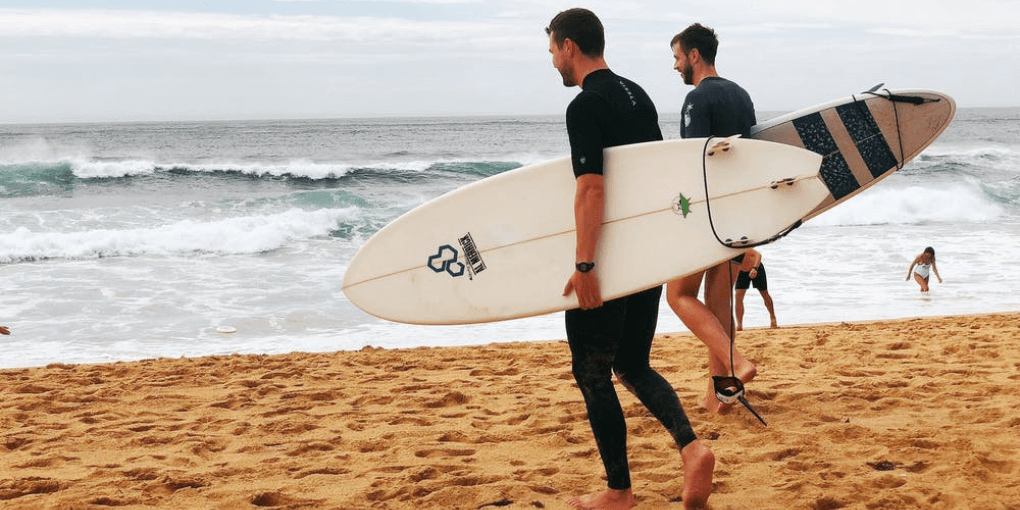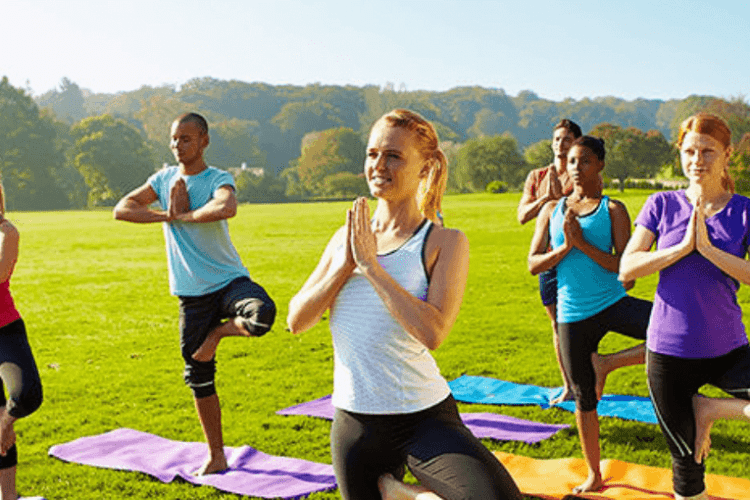Mastering the Art of Longboard Surfing: Tips and Techniques
Imagine you’re at the beach, with the sun shining and the waves crashing. It’s a perfect day for surfing! But wait, have you ever tried longboard surfing?
It’s not just any surfboard; it’s a bit longer and more stable, perfect for surfers like you. You might be wondering, What makes surfing so special?

Well, let me tell you! Surfing has been around for decades, with roots tracing back to the 1950s. It’s a sport that teaches patience, balance, and respect for the ocean.
Surfers like Bethany Hamilton, who lost her arm in a shark attack but continues to surf, inspire us all.
As a longboard surfer myself, I understand the joy and excitement of mastering this art.
With the right tips and techniques, you can learn to ride like a pro. In this blog post, I’ll share my own experiences and the secrets I’ve learned along the way. So, let’s dive in and start mastering the art of surfing together.
What is a Longboard?
Riding a longboard is all about having fun on the road. Let’s first have an idea of what a longboard is:
- Longboard Definition: A longboard is a longer and wider type of surfboard that’s used for riding waves. It’s different from a traditional surfboard, which is shorter and narrower. The extra length and width of a longboard make it more stable and easier to balance. It is great for beginners or kids who are just learning how to surf.
- Design and Shape: Longboards usually have a rounded nose (front) and a rounded tail (back). It helps them glide smoothly over the water. The shape and size of a longboard make it easier to catch waves and ride them for a longer time.
- Materials and Features: Longboards can be made from different materials. For example, foam or fiberglass. Most longboards have a single fin on the bottom, which helps you turn the board and control your direction.
- Types of Longboards: There are different types of longboards. For example, nose riders are designed for riding waves on the front of the board. On the other hand, all-arounders are good for different types of waves. Some longboards even have special features, like a concave shape on the bottom or a kicktail at the back. These help you to stay balanced and turn easily.
Why Should You Choose the Right Longboard?
According to a study published in the Journal of Sports Science & Medicine, choosing the right surfboard for your skill level can help you surf better.
So, choosing the right longboard is crucial for your surfing journey. A well-suited board can enhance your surfing experience by boosting your skills.
Safety and Comfort
The right longboard ensures your safety and comfort while riding the waves. A longboard that matches your size and skill level is crucial for avoiding accidents and injuries.
Control and Maneuverability
Choosing the right longboard allows for better control over your movements. It makes it easier for you to turn and ride the waves. A longboard that suits your riding style gives you a smoother and more enjoyable ride.
Wave-Catching Ability
The right longboard has better wave-catching ability. It allows you to catch more waves and have longer rides.
A longboard that’s the right size and shape for the waves you’re surfing on helps you catch waves more easily.
Performance and Efficiency
The right materials and design improve your surfing performance and efficiency. A longboard with the right fins, rails, and rocker gives you better speed. It also gives you stability and maneuverability on the waves.
Overall Enjoyment
The right longboard enhances your overall surfing experience. So, it makes it more enjoyable and satisfying for you. A longboard that matches your preferences helps you have more fun on your surfing journey.
So, pick the perfect longboard and get ready to surf into a world of endless fun and excitement.
Learn the Basics of Longboard Surfing
From my experience, I have observed these things about surfing, which I’m now sharing with you:
- Safety First: Before you start surfing, it’s important to learn about ocean safety and how to stay safe in the water. You must always wear a leash around your ankle. So, your longboard doesn’t get away from you. Make sure you’re aware of your surroundings and any potential hazards in the water.
- Paddling Techniques: Paddling is essential for catching waves and getting out to the lineup. You should lie down on your board, paddle with your arms, keep your head up, and look ahead. You can use your feet to kick and help move yourself forward.
- Catching a Wave: To catch a wave, you need to be in the right position and timing. When you see a wave coming, start paddling hard and fast to catch up to it. As the wave gets closer, keep paddling and angle your board slightly to the side of the wave.
- Standing Up: Once you catch a wave, it’s time to stand up on your board. Push yourself up with your arms, and then quickly bring your feet underneath you. To maintain balance while surfing, stand with your feet and keep your knees slightly bent.
- Riding the Wave: Once you’re standing up, you’ll want to ride the wave by trimming and turning. Trimming means staying in the “sweet spot” of the wave, where you can ride it for as long as possible. Turning involves shifting your weight and using your feet to steer the board.
Tips for Improving Your Longboard Surfing Skills
Improving your surfing skills takes practice, patience, and persistence. I follow these simple rules to improve my surfing skills:
- Practice Regularly: The more you practice, the better you’ll get. Try to surf as often as you can, even if it’s just for a short session.
- Work on Your Paddling: Paddling is the foundation of surfing. So, you need to have strong paddling skills. For this, you should practice paddling out to the lineup and catching waves.
- Focus on Balance: Balance is key to longboard surfing. So, work on improving your balance both on land and in the water. You can try standing on one leg while brushing your teeth or doing yoga poses to challenge your balance.
- Practice Standing Up: Standing up on your longboard is a crucial skill. You can start by practicing on land or in shallow water. Then, try it in deeper water once you feel comfortable.
- Learn to Trim and Turn: Trimming is the art of staying in the “sweet spot” of the wave, where you can ride it for as long as possible. Turning involves shifting your weight and using your feet to steer the board. You should practice both trimming and turning on small waves before moving on to bigger waves.
- Watch Other Surfers: Watching other surfers can give you an idea about surfing techniques and styles. You can try to surf with experienced surfers. You can also watch surfing videos online to learn new tricks and techniques.
- Stay Positive and Persistent: Surfing can be challenging at times, but it’s important to stay positive and keep trying.
Know About the Advanced Techniques for Longboard Surfing
To be a pro at surfing, you can follow these advanced techniques. These helped me in the long run, so I’m hoping that you’ll benefit too.
- Cross-Stepping: Cross-stepping is a stylish and advanced technique. It involves walking from the nose to the tail of the board while riding a wave. It requires good balance and coordination. So, you need to practice on land before trying it in the water.
- Hang-Ten: The hang-ten is a classic longboard maneuver where you hang all ten toes off the nose of the board. This move is more difficult and requires more practice than cross-stepping.
- Nose Riding: Nose riding involves riding a wave with your feet positioned at the nose of the board. This technique requires good balance and control. So, start by practicing on small waves and work your way up to bigger waves.
- Bottom Turns: Bottom turns are a fundamental maneuver in surfing. It involves turning your board while riding a wave. This technique is important for setting up other maneuvers, like cutbacks and off-the-lips.
- Cutbacks: Cutbacks are a stylish and advanced maneuver. It involves turning your board back towards the wave after riding down the line. This technique requires good timing and coordination. So, you can practice on small waves before trying it on bigger waves.
- Off-the-Lip: Off-the-lip is an advanced maneuver that helps you board off the lip of the wave and ride back down the face of the wave. This move requires good timing and control. So, you can start by practicing on small waves and work your way up to bigger waves.
What are the Gear and Equipment for Longboard Surfing?
A survey from ResearchGate found that surfers think having the right gear is important for safety and fun when surfing.
So, you must have the right gear with you while you go surfing. These are the items I always keep with me during my surfing time:
Surfboard
The most important piece of equipment for longboard surfing is the surfboard.
Leash
A leash is a safety device that attaches your ankle to the board. This device prevents it from getting away from you in the water. So, you must always wear a leash when surfing to keep yourself and others safe.
Wetsuit
Depending on the water temperature, you may need a wetsuit to keep you warm while surfing. Wetsuits come in different thicknesses and styles. So, choose one that’s appropriate for the conditions you’ll be surfing in.
Wax
To create traction and prevent slipping, I apply wax to the deck of my board. So, you can also apply a thin layer of wax to your board before each surf session for the best grip.
Fins
These are attached to the bottom of the board. It helps you with stability, control, and maneuverability. Longboards have a single fin or a 2+1 setup (one large center fin and two smaller side fins).
Rash Guard
A rash guard is a lightweight shirt that protects you from the sun. It’s a good idea to wear a rash guard while surfing to protect your skin from the sun and the elements.
Safety Equipment
Depending on the conditions and your skill level, you may need additional safety equipment. For example, you can keep a helmet, life jacket, or earplugs to ensure a safe surfing experience.
Conclusion
In conclusion, longboard surfing is a fun and exciting sport that anyone can enjoy.
By following the tips and techniques shared in this blog, you can improve your surfing skills and become a pro.
Always focus on your safety and have fun while you’re out in the water. So, grab your longboard, hit the waves, and start mastering the art of surfing today.
FAQs
It is a type of surfing where you use a longboard, which is a longer and wider surfboard than a traditional shortboard.
To catch a wave, you need to paddle hard and fast as the wave approaches. Then, you need to pop up to your feet when you feel the wave lift you.
To turn your longboard, shift your weight to the side you want to turn. Then, use your feet to steer the board in that direction.
To stop your longboard, gently push down on the tail of the board with your back foot. It will lift the nose of the board out of the water and slow you down.
A longboard that's at least 9 feet long and 22 inches wide is a good choice for beginners. It offers you stability and easy paddling.
You need to look for waves that are slow and easy to catch. Avoid fast waves, as they can be difficult to ride on a longboard.


